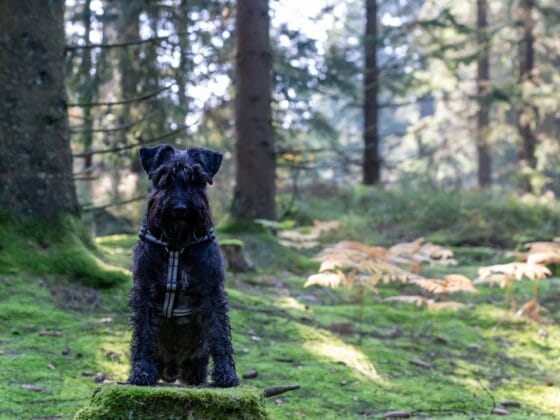The Harrier in Polish: A Fascinating Bird
The Harrier, known as „Bielik” in Polish, is a captivating bird of prey that can be found in various regions of Poland. With its unique hunting techniques and distinctive appearance, the Harrier has become a subject of interest for bird enthusiasts and researchers alike. In this article, we will explore the characteristics, habitat, and conservation efforts related to the Harrier in Poland.
Characteristics of the Harrier
The Harrier is a medium-sized bird of prey belonging to the Accipitridae family. It is known for its long wings, which enable it to glide effortlessly through the air. The male Harrier has a grayish-blue plumage with black wingtips, while the female has a brown coloration with streaks of white. This sexual dimorphism is a common trait among raptors.
One of the most fascinating aspects of the Harrier is its hunting technique. Unlike other raptors that rely on speed and agility, the Harrier employs a unique strategy known as „quartering.” This involves flying low over open areas, such as marshes or grasslands, while scanning the ground for prey. Once it spots a potential target, the Harrier will hover momentarily before diving down to catch its prey.
Habitat and Distribution
The Harrier is a migratory bird that can be found in various parts of Europe, Asia, and North America. In Poland, it is primarily found in wetland areas, including marshes, bogs, and reed beds. These habitats provide an abundant supply of food, such as small mammals, birds, and reptiles, which are essential for the Harrier’s survival.
One of the key regions for Harrier conservation in Poland is the Biebrza Marshes, located in the northeastern part of the country. This vast wetland area is home to a significant population of Harriers, making it an important breeding ground for the species. The Biebrza Marshes also attract birdwatchers and nature enthusiasts from around the world, who come to witness the Harrier’s impressive hunting displays.
Conservation Efforts
Due to habitat loss and human disturbance, the Harrier population in Poland has faced significant challenges in recent years. However, various conservation organizations and initiatives have been working tirelessly to protect and preserve the species.
One such organization is the Polish Society for the Protection of Birds (OTOP), which focuses on monitoring and conserving bird populations in Poland. OTOP has been actively involved in research projects related to the Harrier, including monitoring breeding success and habitat management. By collaborating with local communities and raising awareness about the importance of wetland conservation, OTOP has made significant strides in protecting the Harrier and its habitat.
Another notable initiative is the establishment of protected areas, such as the Biebrza National Park. This park, covering an area of over 59,000 hectares, provides a safe haven for the Harrier and other endangered species. It also serves as an educational center, offering guided tours and educational programs to raise awareness about the importance of biodiversity and conservation.
Conclusion
The Harrier, or Bielik, is a captivating bird of prey that plays a vital role in the ecosystem of Poland. Its unique hunting techniques and distinctive appearance make it a subject of fascination for bird enthusiasts and researchers. However, the Harrier faces numerous challenges, including habitat loss and human disturbance.
Through the efforts of organizations like OTOP and the establishment of protected areas like the Biebrza National Park, significant progress has been made in conserving the Harrier and its habitat. However, continued efforts are necessary to ensure the long-term survival of this remarkable bird.
By raising awareness, supporting conservation initiatives, and promoting sustainable practices, we can all contribute to the preservation of the Harrier and other endangered species in Poland.








